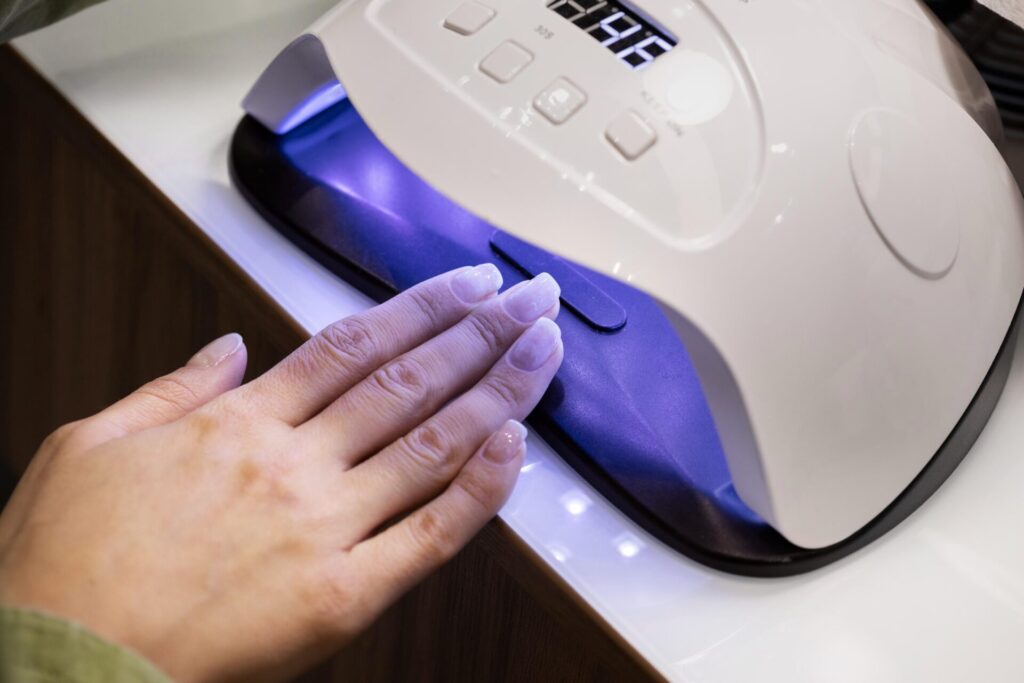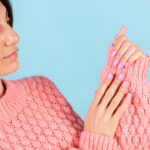In recent years, gel nails have gained immense popularity due to their long-lasting shine and durability. However, a wave of scrutiny surrounding their safety has emerged, particularly regarding the UV lamps used to cure the polish.
With studies revealing potential health risks, including allergic reactions and links to skin cancer, it’s essential to delve deeper into these concerns and consider the implications for regular users of gel manicures.
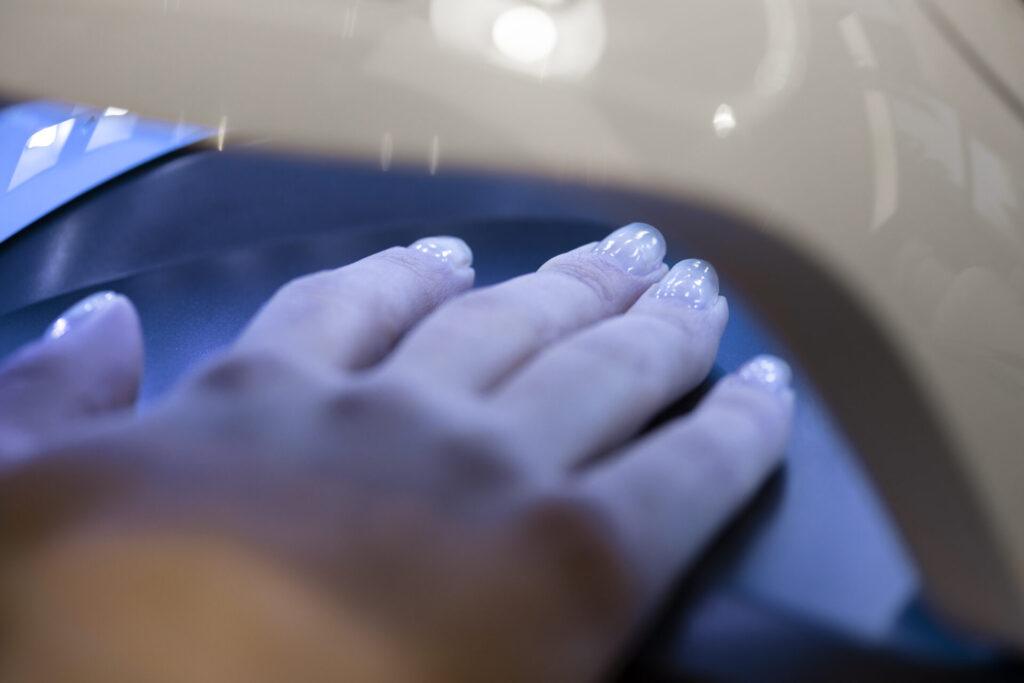
Understanding Gel Nails
Gel nails are a type of manicure that uses a special polish cured under UV light, allowing for a longer-lasting finish compared to traditional nail polish.
The curing process involves exposing the nails to UV light, which hardens the gel, resulting in a durable and glossy appearance. This method has revolutionized nail care, offering a quick drying time and resistance to chipping.
The Research on UV Exposure
Recent findings from researchers at the University of California, San Diego, have raised alarms about the potential dangers of UV lamps.
Their study found that exposure to UV light from these lamps can lead to DNA mutations in human cells. Specifically, they observed that after just 20 minutes of exposure, approximately 20% to 30% of cells in Petri dishes died, with this figure rising to 65% to 70% after three consecutive sessions.
Such findings suggest a concerning link between repeated UV exposure from nail lamps and cellular damage that may contribute to skin cancer.
While the FDA classifies UV lamps used for gel nails as “low risk,” the accumulating evidence of cell death and DNA damage indicates that repeated exposure could heighten the risk of developing melanoma, a dangerous form of skin cancer.
Dermatologists emphasize that although UV nail lamps emit a different spectrum of light compared to sunbeds, the potential for harm cannot be overlooked.

Allergic Reactions and Sensitization
In addition to cancer risks, dermatologists report a rising number of allergic reactions associated with gel nails.
According to Dr. Deirdre Buckley of the British Association of Dermatologists, symptoms can range from nail loss and skin rashes to, in severe cases, breathing difficulties. The primary culprits are methacrylate chemicals used in gel polishes, which serve as bonding agents.
Interestingly, some DIY gel kits have been implicated in these reactions. Not all UV lamps are compatible with every type of gel polish, and improper curing can allow harmful chemicals to penetrate the nail bed and surrounding skin.
This concern is amplified by the fact that individuals can develop an allergy to acrylates, rendering them sensitive to both gel manicures and other treatments, such as dental fillings and joint replacements.
The Long-Term Implications
The potential long-term effects of gel nails are still under investigation, but there are pressing concerns among experts.
Dr. Ahmed El Muntasar, a GP and aesthetician, highlights the danger of nail bed cancers, which can be particularly insidious because they are not always visible. Regular gel manicures can mask changes in the nail bed, delaying diagnosis and treatment of any abnormalities.
Moreover, the cumulative nature of UV damage is alarming. As Dr. Ophelia Veraitch, a consultant dermatologist, points out, the more frequent the exposure to UV nail lamps, the greater the risk of accumulating DNA mutations.
This cumulative damage could significantly increase the likelihood of developing skin cancer over time
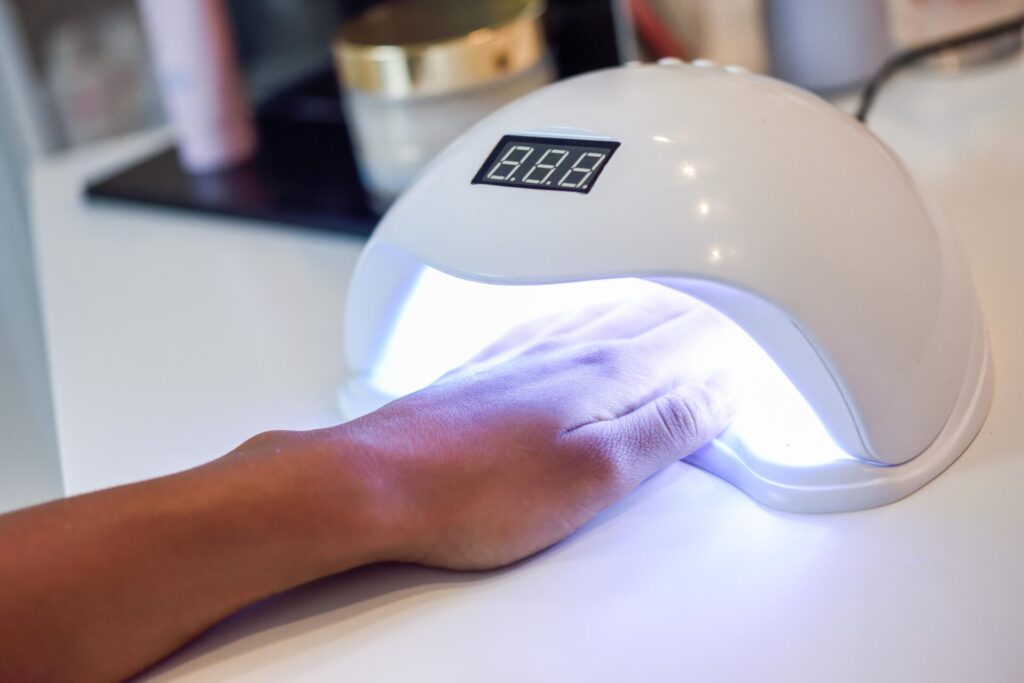
Current Guidelines and Recommendations
Given the emerging evidence, many experts are re-evaluating the safety of gel manicures. While the FDA has not updated its stance on UV lamps, dermatologists recommend taking precautions to mitigate potential risks.
Curious about safe practices for your next gel manicure? Check out our full article for expert-backed tips and recommendations to protect your skin and nails!
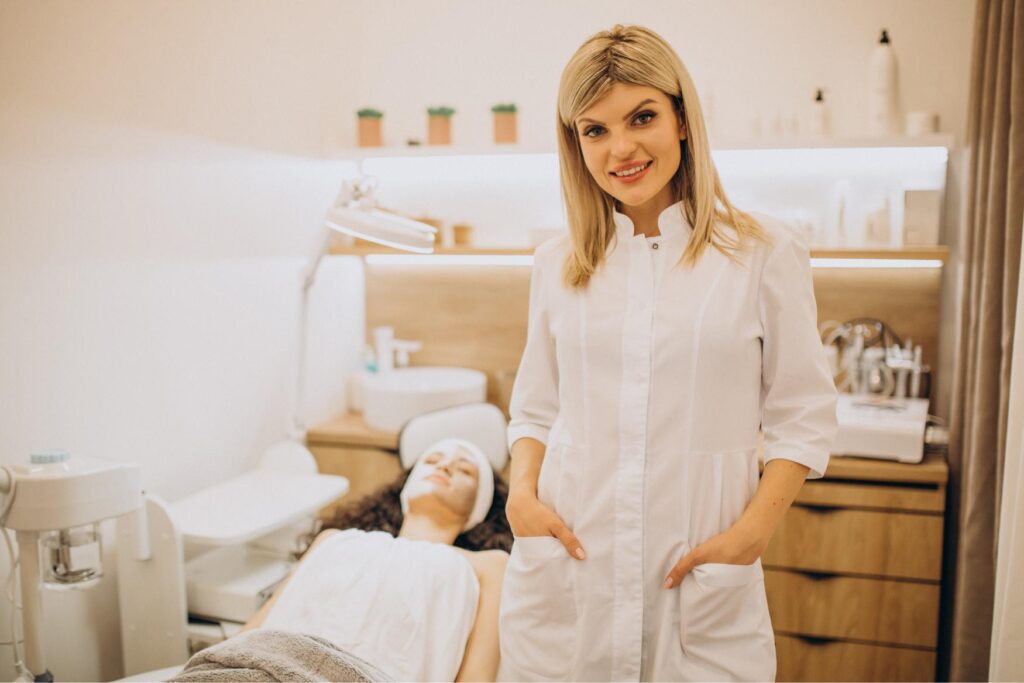
Limit Frequency
Reducing the frequency of gel manicures can decrease cumulative UV exposure.
Protective Measures
Dermatologists suggest using broad-spectrum SPF 50 on the hands before UV exposure and consider wearing UV-resistant gloves, such as those offered by brands like Manisafe.
Alternative Options
For those who love the look of gel nails but are concerned about UV exposure, alternatives are available. Dip-powder nails, for example, involve dipping nails in colored powder followed by a clear sealant, providing a long-lasting finish without the need for UV curing.
Additionally, modern nail polishes that mimic the durability of gel without UV exposure, such as Essie’s Gel Couture, offer safer options for nail enthusiasts.
The Personal Choice
Ultimately, the decision to continue using gel nails comes down to personal choice and risk tolerance. While the current findings raise legitimate concerns, more comprehensive epidemiological studies are needed to establish a definitive link between UV lamps and increased cancer risk.
Dermatologist Dr. Sophie Shotter emphasizes the importance of awareness and protective measures. “It heightens the suspicion of something that I already thought was an issue,” she states, reinforcing the need for caution.
As the beauty industry continues to evolve, consumers need to stay informed about the products and procedures they choose.
Regular communication with healthcare providers can also help individuals understand their specific risks and make more informed decisions regarding nail care.
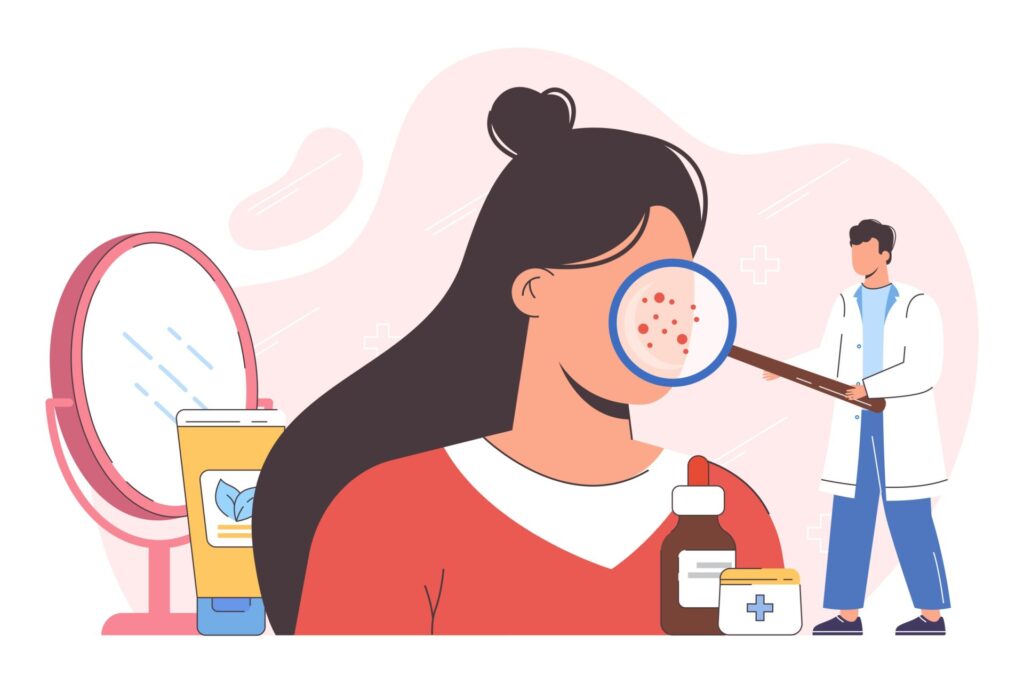
Conclusion
Gel nails may offer convenience and style, but the potential health risks associated with UV lamps cannot be ignored.
With studies indicating links to skin cancer and rising reports of allergic reactions, users must weigh the benefits against the risks.
By adopting protective measures, exploring alternative nail care options, and remaining vigilant about the signs of potential health issues, individuals can enjoy beautiful nails while prioritizing their overall well-being.
As research continues to evolve, staying informed is key to navigating nail care safely. For more insights and updates, explore our full collection of nail-related articles!

